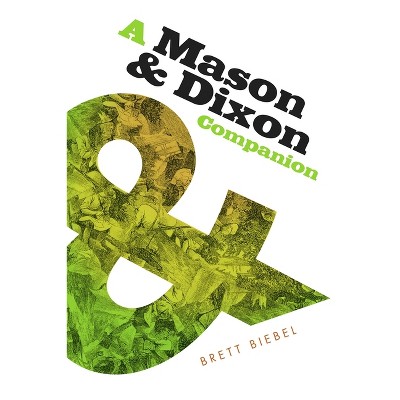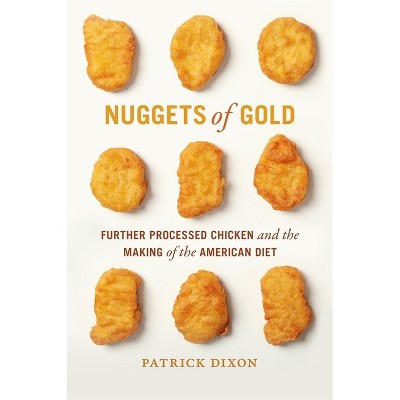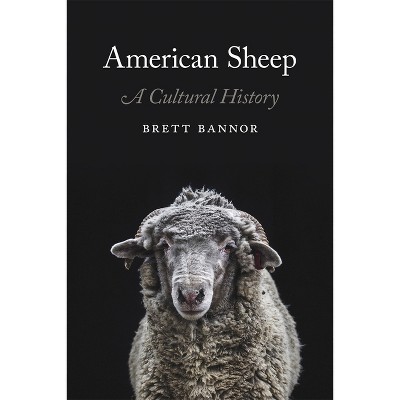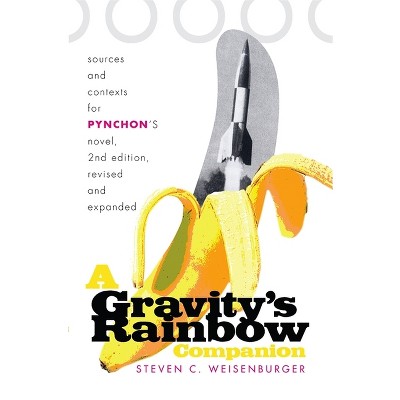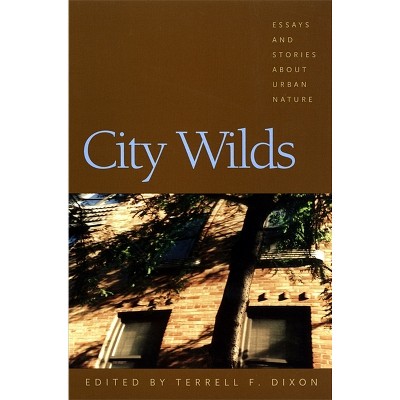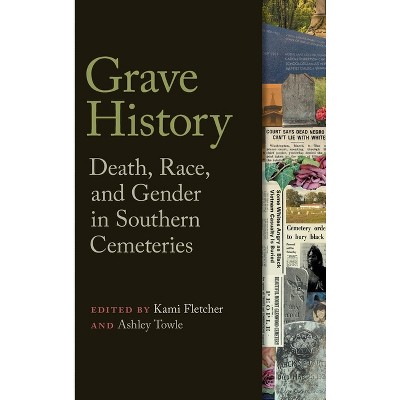About this item
Highlights
- Mason & Dixon might be Thomas Pynchon's most human book.
- About the Author: BRETT BIEBEL teaches writing and literature at Augustana College.
- 308 Pages
- Literary Criticism, American
Description
About the Book
"Noted literary critic Harold Bloom thinks Mason & Dixon is Pynchon's best book, but that's just a start. Not only does it contain all of the writer's typical density and erudition, it's arguably his most humane depiction of relationships. The title pair are rendered caringly and movingly, and with a lot of humor. The book is a buddy movie, and it's warm and full of earnestness and narratively propulsive once you immerse yourself in its use of 18th-century language. And it is this narrative device-a full immersion in 18th-century language, history, and culture-paired with Pynchon's typical breadth of vocabulary and knowledge that demands a companion. In A Mason & Dixon Companion, Brett Biebel offers contextual maps and photographs, episode-by-episode summaries, and page-by-page annotations explaining allusions, defining obscure vocabulary, and illuminating the book's major themes. The goal is to help readers work their way through a difficult yet remarkably rewarding novel from one of American literature's most significant writers. A Mason & Dixon Companion is so full of friendship, humor, and life, and Pynchon's use of history and language is so carefully chosen that, by the end of the novel, the 18th-century feels closer than ever. Or, at least it should. All of the book's archaic vocabulary and obscure references, its unexplained name-drops and sudden scene-shifts, it's all there to constantly remind us of the importance of paying attention. This Companion aims to help readers in their quest to pay attention"--Book Synopsis
Mason & Dixon might be Thomas Pynchon's most human book. Its main characters are richly drawn, and they center the narrative. Yet the novel is also packed with historical allusions and an eighteenth-century vernacular that some readers may find difficult to navigate. A "Mason & Dixon" Companion offers this navigation line by line, unpacking Pynchon's puns, his many references, and his pet themes. Brett Biebel provides a contextual map, episode-by-episode summaries, and page-by-page annotations explaining allusions, defining obscure vocabulary, and illuminating the book's major themes. The goal is to help readers work their way through a difficult yet remarkably rewarding novel from one of American literature's most significant writers.
In a voice that's both relaxed and informed, the Companion illuminates what Harold Bloom called "Pynchon's late masterpiece." It crystallizes the prescience of Mason & Dixon, situating the novel within Pynchon's broader oeuvre, while being fun to read in its own right.Review Quotes
Brett Biebel's strength is his lucid, engaging style. This fellow writes wonderfully and with authority--and economically. Would that such prose were more common in the profession! Moreover, Biebel's own knowledge and research provide abundant helpful contextualization of Pynchonian arcana--meanwhile demonstrating a first-rate grasp of the novel's rich thematic content.--David Cowart "author of The Tribe of Pyn: Literary Generations in the Postmodern Period"
Fans of Pynchon have long needed a guidebook, a vade mecum (Latin for 'go with me') for Mason & Dixon, one of Pynchon's masterworks. Now we have a reliable one. It won't just help us with its plethora of puns, references, and allusions. It will deepen the book's humor--and its tragedy.--Peter Schmidt "author of Sitting in Darkness: New South Fiction, Education, and the Rise of Jim Crow Colonialism, 1865-1920"
About the Author
BRETT BIEBEL teaches writing and literature at Augustana College. He is the author of 48 BLITZ and Winter Dance Party, and his writing has appeared in SmokeLong Quarterly, The Masters Review, Alien Magazine, Hobart, Wigleaf, and elsewhere. He lives and writes in the Quad Cities.
